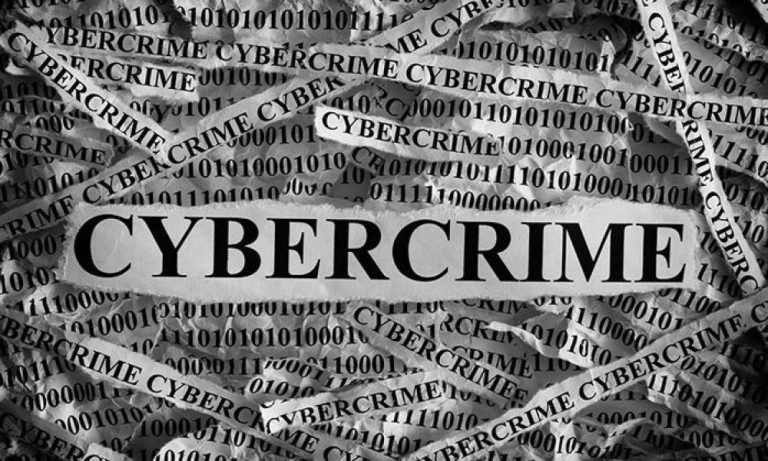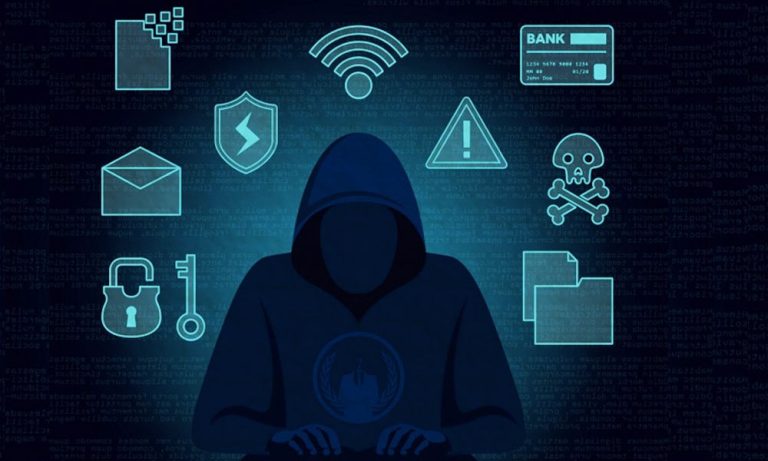
In today’s interconnected world, cybercrime is an ever-growing threat that targets individuals and organizations alike. With increasing reliance on digital platforms for personal, financial, and professional activities, protecting your online identity has never been more critical. This article will explore the most common types of cybercrime in the digital age and provide practical tips for safeguarding your personal information.
The Rise of Cyber Crime
Cybercrime has escalated in frequency and sophistication, making it a significant concern for internet users globally. Criminals exploit digital vulnerabilities, employing tactics such as phishing, malware, and identity theft to steal sensitive information. According to recent reports, cybercrime costs individuals and businesses billions of dollars annually, and the numbers continue to rise.
Common Types of Cybercrime:
- Phishing: Fraudulent attempts to obtain sensitive information by disguising as a trustworthy entity.
- Identity Theft: Stealing personal information to impersonate someone for financial gain.
- Ransomware: Malicious software that locks users out of their systems until a ransom is paid.
- Hacking: Unauthorized access to digital devices or networks to steal or manipulate data.
Why It’s Important:
Understanding the various forms of cybercrime is the first step in protecting your online identity. Awareness of these threats empowers individuals to recognize warning signs and take preventive measures.
Protecting Your Online Identity: Key Steps
The good news is that there are several strategies you can employ to minimize your risk of falling victim to cybercrime. Below are essential tips for safeguarding your online identity.
1. Use Strong Passwords and Two-Factor Authentication
Weak passwords are one of the easiest ways for hackers to gain access to your accounts. Using a strong password—which includes a mix of letters, numbers, and symbols—can greatly reduce your chances of being hacked. Additionally, enabling two-factor authentication (2FA) adds an extra layer of protection by requiring a second form of verification, such as a code sent to your phone, before logging in.
Why It’s Important:
Strong passwords and 2FA make it significantly harder for cybercriminals to access your accounts, reducing the risk of identity theft.

2. Be Aware of Phishing Scams
Phishing is one of the most common methods cybercriminals use to steal personal information. These scams often come in the form of emails, texts, or even phone calls that appear legitimate but are designed to trick you into providing sensitive information, such as your password or credit card number.
Always verify the source of unsolicited communications and avoid clicking on suspicious links. Most reputable companies will not ask for sensitive information through email or text.
Why It’s Important:
Awareness of phishing scams can help you avoid falling victim to these common tactics, keeping your personal and financial information safe.
3. Regularly Monitor Your Financial Accounts
One of the best ways to detect identity theft early is by regularly monitoring your financial accounts for any unusual activity. By reviewing your bank statements and credit reports frequently, you can quickly identify unauthorized transactions or accounts opened in your name.
Many financial institutions also offer fraud alerts, which notify you of any suspicious activity on your accounts. Signing up for these alerts can provide additional protection.
Why It’s Important:
Regular monitoring helps you catch fraud early, allowing you to take action before significant damage is done.
4. Keep Software and Systems Updated
Keeping your operating systems, antivirus software, and applications updated is crucial for defending against cyberattacks. Cybercriminals often exploit vulnerabilities in outdated software, so installing updates and security patches as soon as they become available is one of the simplest yet most effective ways to protect your digital identity.
Why It’s Important:
Software updates patch security vulnerabilities that hackers can exploit, helping you stay one step ahead of cyber threats.
5. Use Secure Wi-Fi Networks
Public Wi-Fi networks are convenient but pose significant security risks. Cybercriminals can easily intercept data transmitted over unsecured networks, potentially gaining access to your personal information. Whenever possible, avoid accessing sensitive information, such as banking or email accounts, while connected to public Wi-Fi. If necessary, use a virtual private network (VPN) to encrypt your data and provide an added layer of security.
Why It’s Important:
Avoiding unsecured networks or using a VPN prevents cybercriminals from intercepting your personal data during online transactions or logins.
The Role of Legal Protections
Governments around the world are enacting laws to combat cybercrime and protect individuals’ digital rights. In the U.S., for instance, the Computer Fraud and Abuse Act (CFAA) and Identity Theft and Assumption Deterrence Act are key pieces of legislation designed to tackle online crime. However, while these laws provide legal recourse, prevention remains the most effective defense against cyber threats.
Why It’s Important:
While legal protections exist, personal vigilance remains critical in preventing cybercrime and protecting your online identity.
Conclusion
As cybercrime continues to evolve, so must your efforts to protect your online identity. By understanding common cyber threats and adopting best practices such as using strong passwords, being aware of phishing scams, and regularly monitoring your accounts, you can significantly reduce your risk of falling victim to online crime. In an increasingly digital world, taking proactive measures to safeguard your identity is essential for your personal and financial well-being.







